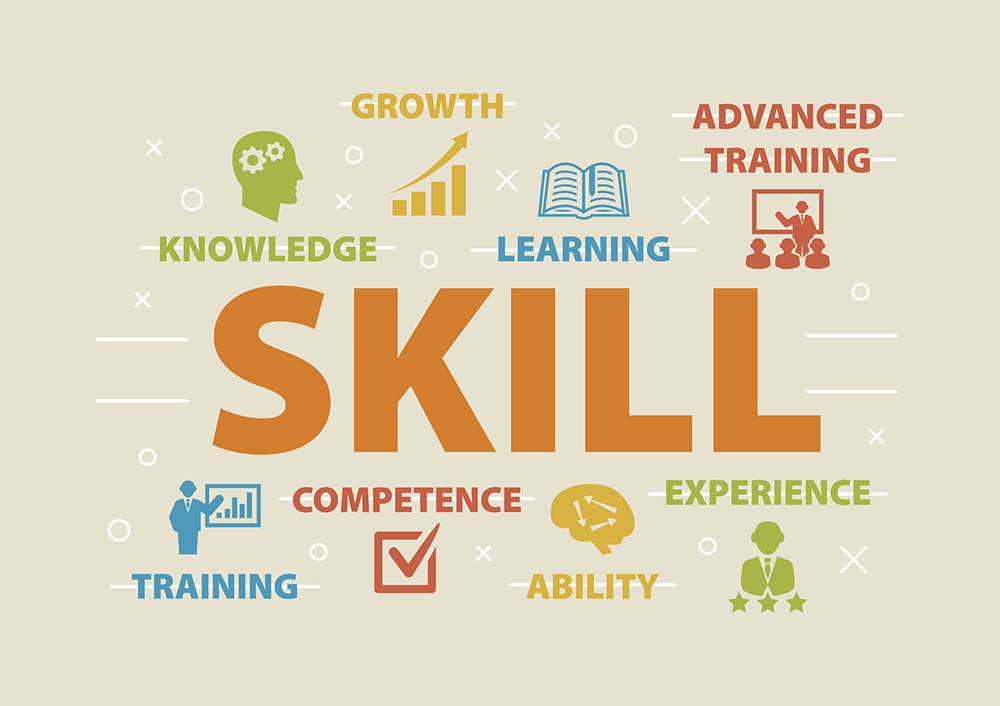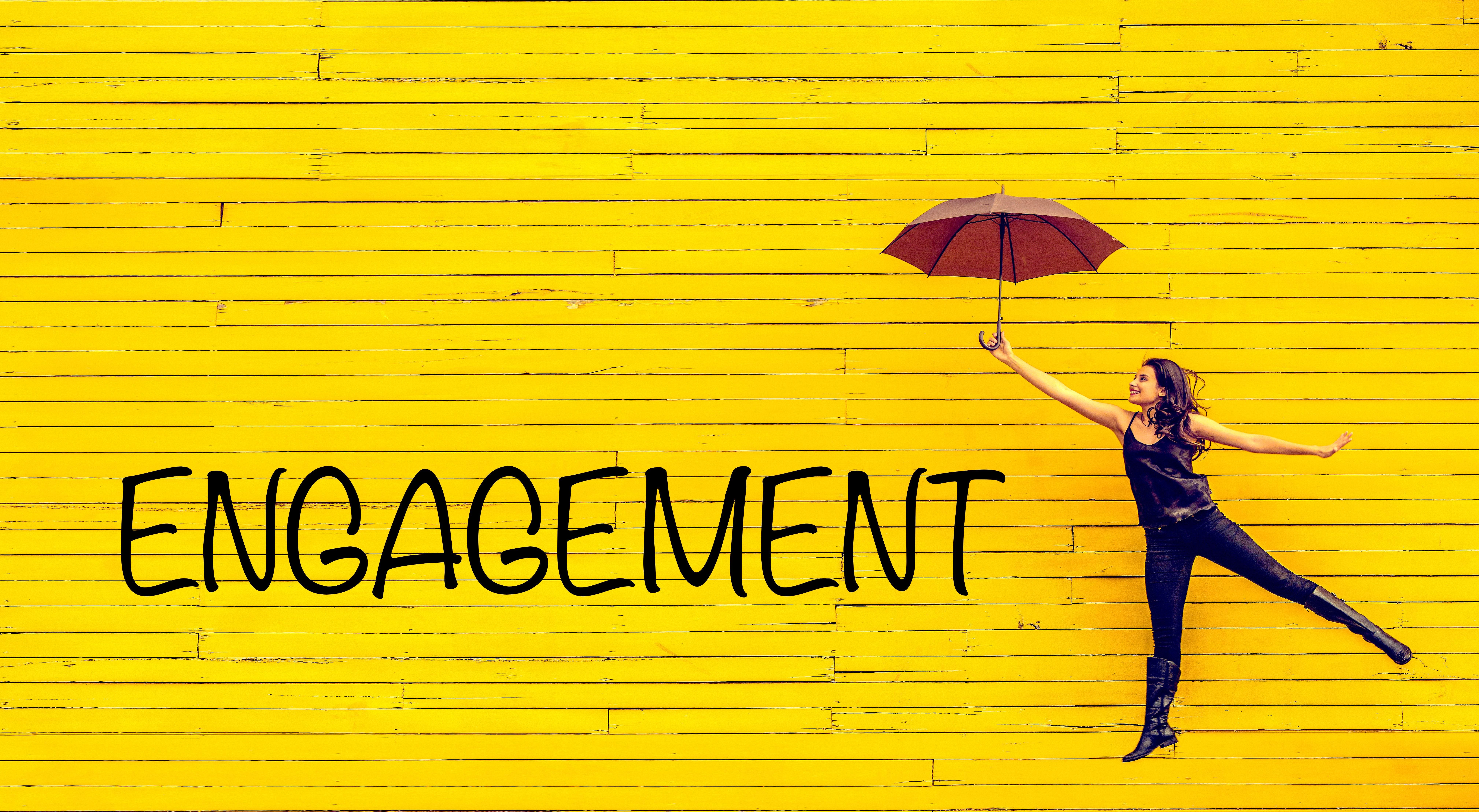Creating a Learning
Organization

Learning organization describes an organization with an
ideal learning environment which is combined with the organizational goals. In
Learning Organizations peoples continuously expand their knowledge &
capacity to meet personnel & organizational success.
It is important to identify what is learning & what are
the learning styles that can be used to create a learning organization in an
effective way.
What is learning?
Transformative process where a relatively permanent change
in a person’s knowledge or in behavior due to experience is defined as
Learning.

Learning Styles
It is worth enough to study what are the effective learning
styles that can be used to create a learning organization in a company.
David Kolb explains this by his Experiential Learning Model which represents
with four main stages.

Concrete Experience
A new experience or a situation or new interpretation of an
existing experience.
Reflective Observation
Study if any inconsistencies between experience &
understanding.
Abstract Conceptualization
By observing & reflecting, raising with a new idea or a
modification for the existing idea which learned from past experience.
Active Experimentation
Implementing the new ideas in
practice & sees what happens.
Kolb further explains that different people naturally prefer
different learning styles. This is affected by social environment, education background of
an individual.
Depending on how an individual approach a task & how his
emotional response (How he thinks or feel about it) Kolb presents four types of
learning styles where every individual has to go through.

Learning Style
|
Characteristics
|
Diverging – Feeling & Watching
|
Sees things from different perspectives. Sensitive.
Prefer to watch rather than doing. Idea Generation-Brainstorming. Prefer to work in groups, to receive personal feedback & to listen with an open mind. |
Assimilating – Watching & Thinking
|
Logical Approach.
Ideas & concepts important than people. Prefer reading, lectures & having time to think through. |
Converging – Doing & Thinking
|
Problem solving, less concerned with people. Prefers
technical tasks & best at finding practical uses for ideas &
theories.
|
Accommodating – Doing & Feeling
|
Hands on style, Relies on intuition rather than logic.
Tend to rely on other for information. Attract to new challenges & experiences. |
Afterwards, based on the work done by Kolb, learning styles
were developed by Peter Honey & Alan Mumford where they again identified
four learning styles.


Learning Style
|
Attributes
|
Activist
|
Learn by doing. Have an open-minded approach to learn.
Involving themselves in new experiences.
|
Theorist
|
Like to understand the theory behind the action.
|
Pragmatist
|
Put learning into practice in real world. Trying new ideas
& techniques.
|
Reflector
|
Learn by observing & thinking, Expect Feedback from
others.
|
Later Peter Senge introduced Five Disciplines of a Learning
Organization. This describes how to drive an organization towards the success
by empowering their employees by knowledge & by also developing themselves
in the career path.

Building a shared Vision
Creating a shared vision can be done by compromising the
organizations vision with the employees’ vision where the employees who shared
the same vision will do tasks more efficiently because they want to do so
rather than they are told to do.
This changes the relationship with the organization where it
opens space to a learning environment.
Systems Thinking
Focusing on individual actions leads to not seeing the big
picture & failing understanding the correlation with each other. Rather
than focusing on individual actions an organization have to focus observing the
entire system. It enables to see interrelationships & patterns in a
particular situation. It drives to figure out the cause & effect.
Mental models
Every individual has to understand what are the organization
values & what is the business all about. Having a clear picture on this
will lead to achieve organizational goals & employees of the organization
will know how to develop further. Organization needs to be much flexible to
adopt for new changes/mental models which will run to the success faster than
its competitors.
Team Learning
Expressing employees’ real personalities to each other makes
a comfort to the set-up of team learning which is an important priority when
building an excellent team. The working environment should be safe where honest
mistakes are forgiven to expedite the process in order to experience the
learnings.
Personal Mastery
Having a clear vision of a goal & an accurate perception
of the reality, it drives the employees to practice all the necessary knowledge
to realize the vision. Peter Senge explains that employees should train their subconscious
mind because it can handle more complex problems quicker than consciousness.
All five disciplines are interrelated where each discipline can
not stand independently. Implementation of these five disciplines will lead the
organization to a continuous learning process & will create a strong
learning organization within it.
For mare details look what the video says about a Learning Organization.
Reference
Saul McLeod (2017) Kolb’s Learning Styles and
Experiential Learning Cycle, simply psychology. Available at: https://www.simplypsychology.org/learning-kolb.html.
Honey and Mumford
(no date) University of Leicester, Doctoral College. Available at: https://www2.le.ac.uk/departments/doctoralcollege/training/eresources/teaching/theories/honey-mumford.
Zeeman, A. (no date) Senge’s Five Disciplines of Learning
Organizations, Tools Hero. Available at: https://www.toolshero.com/management/five-disciplines-learning-organizations/.
Klasą, F. S. z (no date) The Learning
Organization: Characteristics of a Modern Enterprise. Available at: https://www.youtube.com/watch?v=40meQNZl3KU.


